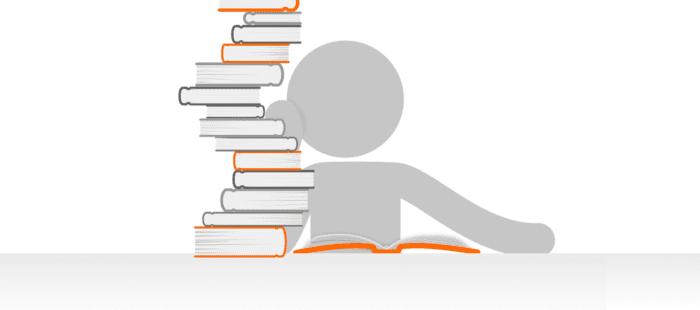Last Updated on February 27, 2020
Pisa is best known for the famous leaning tower, but it also shares a name with the acronym for the OECD Programme for International Student Assesment (PISA). It’s a fitting title for a study about school performance. On one hand Pisa has been a symbol of academic knowledge going back as far as 1343, when the city’s university was founded. On the other hand it could also represent a lack of practical application of that knowledge, as evidenced by the number of different leaning towers scattered across Italy.
It’s important to ask how strong the correlation is between the effectiveness of a country’s education system and the economic outlook of its population. If we assume that modern economies are becoming increasingly knowledge based, then having a robust education would no doubt give them a better outlook. As artificial intelligence and automation become more widespread many low-wage repetitive jobs are at risk of disappearing. Meanwhile professions that require higher levels of education are not only relatively safe, they’re even seeing their incomes increase. The other benefit of having that education is the ability to adapt more easily to a constantly changing economy.
This brings us back to the PISA study. The OECD examines 79 countries across the world using the exact same questions everywhere because it allows them to compare the available educational material and the efficiency of the school systems in these countries. The last assesment was held in 2018 with the results published in 2019. Students were evaluated in three fields: reading, mathematics & science. Each of these three areas has its own separate score and ranking. The final outcome of the study is highly representative because it’s based on a massive sample size of over 10 million students. With all that said, let’s take a look at the results.
In the area of reading the top five spots are: China, Singapore, Macao (a special administrative region of China), Hong-Kong (also a special administrative region of China) and Estonia (part of the EU). The US is in 13th place. For mathematics the list is: China, Singapore, Macao, Hong-Kong and Taiwan. The US is in 37th place. For science it’s China, Singapore Macao, Estonia and Japan. The US is ranked 18th.
Looking at those results we can see that China almost completely dominates the top 5 spot in all areas, if you include regions that fall under their sphere of influence or interest such as Taiwan, Hong-Kong and Macao. Meanwhile Japan, who was previously high on the ranking, only made the list for science. Europe is also under-represented, with only Estonia making the list at all.
In the case of the US it’s interesting to see that the country’s best results were in the area of reading. One would’ve expected the world’s number one economy to rank relatively higher on science and mathematics, considering that the country is the global leader in research, development & innovation. One possible explanation is that the US education system tends towards extremes: it has some of the best institutions in the world as well as some of the worst. When you take the average of such a high variance system, it’s no surprise that the result is somewhat middling. That said, averages can sometimes be a little misleading. Although the country is somewhat mediocre in terms of test score performance, the prevalence of practical skills is much more widespread, allowing the country’s work force to maintain its high levels of economic growth.
The question here is whether or not these conditions are sustainable and for how long. One of the key areas of disagreement in the recent trade conflict between the US and China was the question of intellectual property rights. China has faced countless accusations of stealing US technology. Having the US pioneer innovation with China constantly trying to catch-up is a difficult pattern to break out of and could firmly lock China in second place behind the US in the economic race. That said, the results of the 2018 PISA study could suggest that China isn’t content with 2nd place. There’s a distinct possibility that they’re trying to raise a generation that’s some of the brightest and best educated youths in the world. Japan is a textbook example of what a country can accomplish if they take education seriously. They went from a country purchasing licensed US products after World War 2, to an industrial high-tech giant. Almost everyone agrees that they owe these results to heavily investing into education.
China’s advances in education might be a sign of the Beijing trying to follow the Japanese model. This strategy could prove especially effective now given the socio-economic changes in the 21st century. The upcoming generation is highly educated so once they enter the workforce they’ll easily be able to meet the needs of a knowledge economy. As a consequence, it’s possible that in a few years corporations won’t only be moving their manufacturing to China, but also their research & development departments. Moreover, with access to a highly educated workforce they might even try to challenge the USA’s lead in technology with their on innovation in areas of both industrial & military technology.
The PISA study results also suggest that the US could face serious challenges in the coming future if it doesn’t either restructure or invest more resources in its education system. Unemployment was at record lows in 2019 and the lack of a qualified workforce could restrict economic growth. Although merit-based immigration is an effective short term solution, in the long run it can’t substitute for a well educated home-grown workforce.
